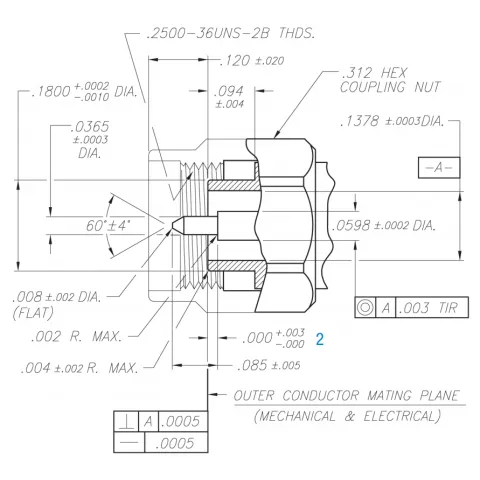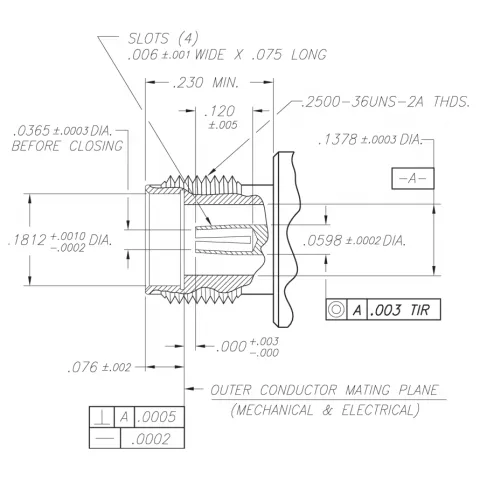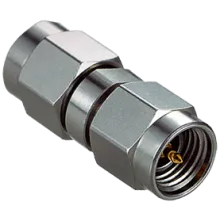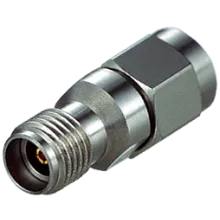The 3.5 mm connector is a pin and socket type connector that uses an air dielectric filled interface and closely controlled centre conductor support bead providing mechanical interface tolerances similar to hermaphroditic connectors. With a substantially heavier duty design the connector is capable of handling repeated mating cycles without damage.
The connector is also known as APC3.5. This connector is physically compatible with the SMA connector and assures mode free operation up to 35 GHz, however several manufacturers state performance up to 33 or 34 GHz.
History
The 3.5 mm connector was first proposed and introduced by Hewlett Packard in the mid 1970s and later marketed by Amphenol as the model APC3.5. The design was originated by Larry Renihan of the HP Stanford Park Division, reported on at the 1976 IEEE MTT-S International Microwave Symposium in San Francisco and published in July 1976. It's an instrument grade connector that opened the way to improve microwave test instruments at frequencies to 26.5 GHz. It also satisfied an important need in creating a test connector for SMA devices.
Applications
Due to its high operating frequency range, the 3.5 mm series is considered a mm-Wave RF connector, and complies with IEEE 287 making it suitable for use as a precision connector. The 3.5 mm series has compatible interfacing with the 2.92 mm and SMA RF connector. The connector is suitable for any application currently using SMA, where repeated mating, into the thousands of cycles, is required.
Variations
Per IEEE 287 3.5 mm RF connectors can be a beaded General Precision Connector (GPC) or beadless Laboratory Precision Connector (LPC) grade, differing only in mechanical tolerances and use of a dielectric bead.
Male Dimensions (courtesy Maury Microwave)

| Legend | Min | Max |
|---|---|---|
Female Dimensions (courtesy Maury Microwave)

| Legend | Min | Max |
|---|---|---|

